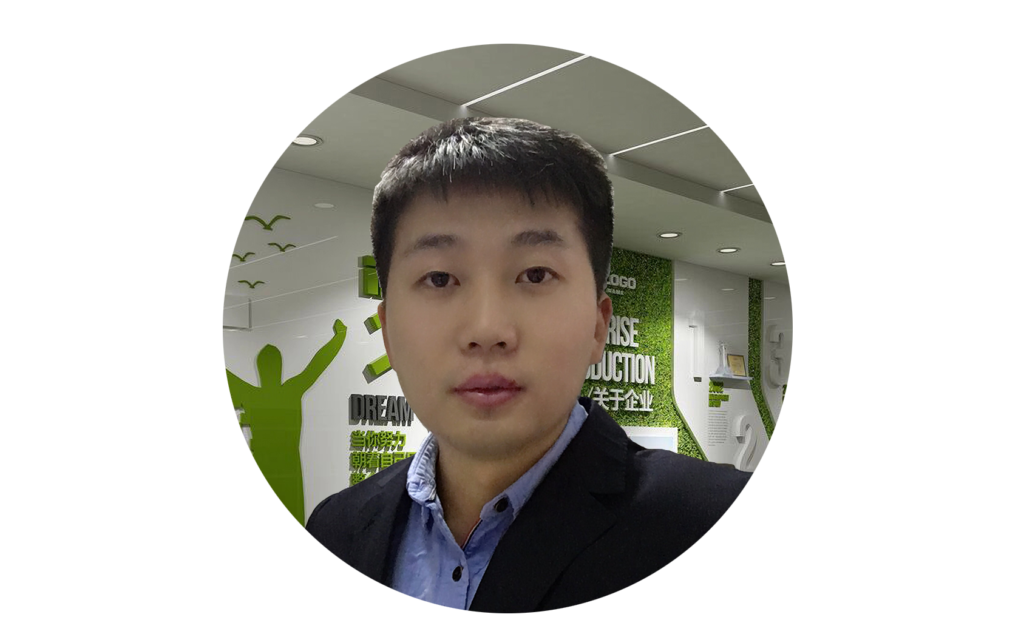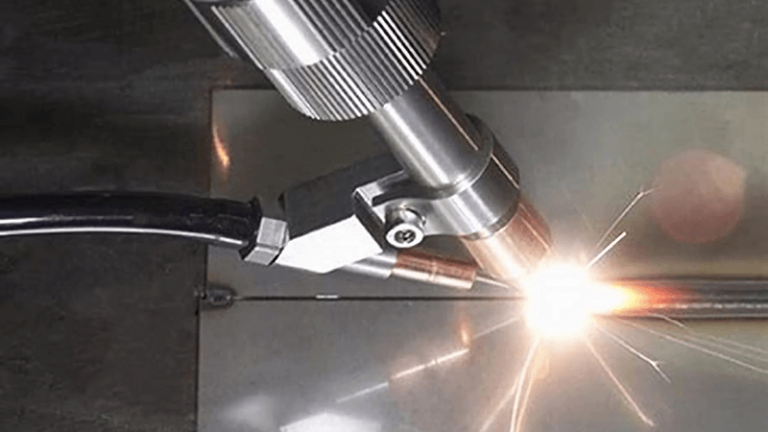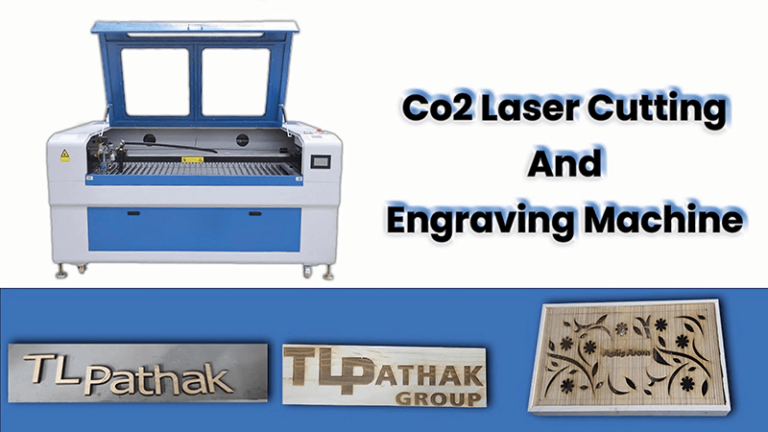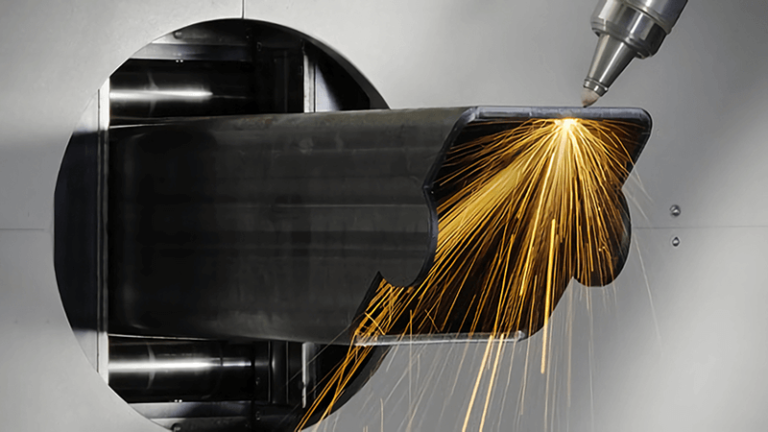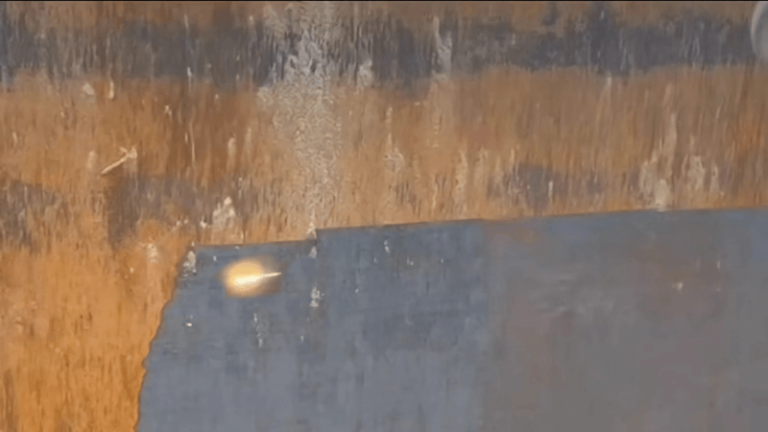In the fast-paced world of manufacturing, staying ahead of the competition means embracing the latest technologies. Laser machine cutting is one such technology that is not only changing the game but also revolutionizing the entire industry.
Laser machine cutting offers unparalleled precision and efficiency in the manufacturing process. This technology ensures that every cut is accurate, minimizing waste and maximizing productivity.
Manufacturers around the globe are adopting laser cutting technology to stay competitive. The benefits are clear, and the impact is profound. But what exactly makes laser cutting so revolutionary? How does it stand out compared to traditional methods? Let's dive into these questions and uncover the transformative power of laser cutting.
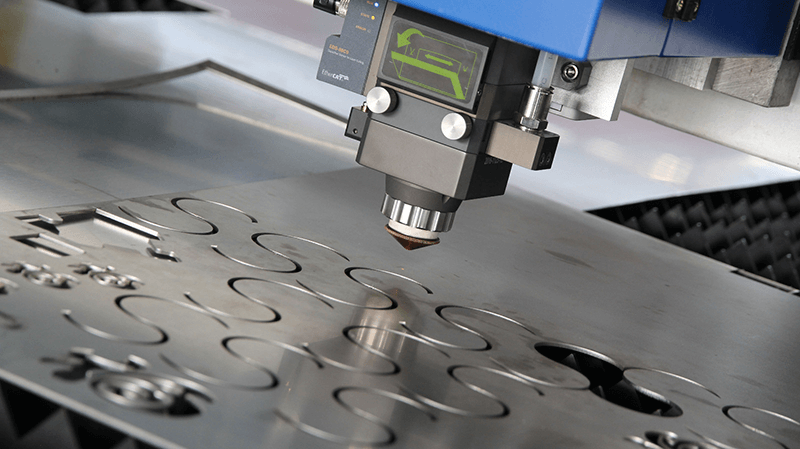
What is Laser Machine Cutting?
Laser machine cutting involves using a high-powered laser to cut materials with unparalleled precision. The laser beam, focused to a fine point, melts, burns, or vaporizes the material, resulting in a clean and accurate cut. This process is controlled by computer numerical control (CNC) systems, ensuring consistency and repeatability in every cut.
Compared to traditional cutting methods, which often involve physical contact and wear, laser cutting is non-contact. This means less wear and tear on tools, resulting in longer-lasting equipment and lower maintenance costs. Additionally, the precision of laser cutting reduces the need for secondary processes, saving both time and money.
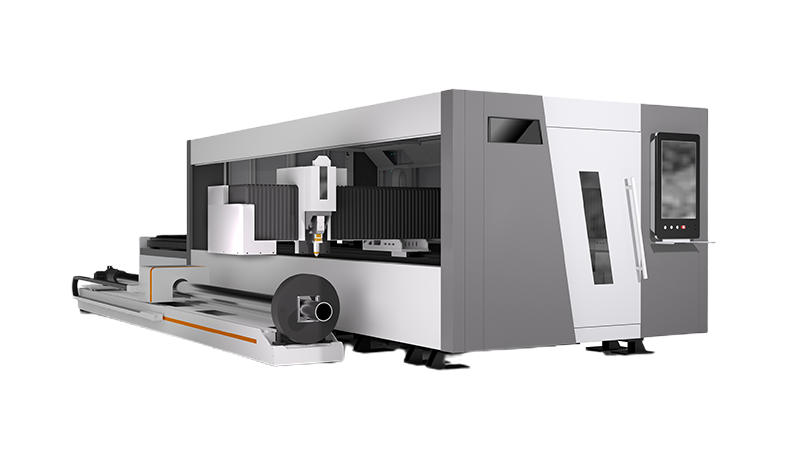
Benefits of Laser Machine Cutting
One of the most significant advantages of laser machine cutting is its precision. The laser beam can cut materials with tolerances as tight as a few microns, making it ideal for intricate designs and complex geometries. This level of accuracy is particularly beneficial in industries where precision is paramount, such as aerospace and medical device manufacturing.
Speed is another major benefit. Laser cutting is much faster than traditional methods, especially for complex shapes and thick materials. This increased speed translates to higher productivity and faster turnaround times, which are critical in today's competitive market.
Here are some key metrics that demonstrate its precision and speed comparsion:
| Cutting Method | Cutting Speed | Material Thickness | Precision | Post-Processing |
| Laser Cutting | Up to 394 inches per minute | Up to 0.75 inches (19 mm) | ±0.001 inches (±0.025 mm) | Minimal, smooth edges |
| Plasma Cutting | 20 to 200 inches per minute | Up to 1.5 inches (38 mm) | ±0.02 inches (±0.5 mm) | Often required for smooth edges |
| Waterjet Cutting | 1 to 20 inches per minute | Up to 6 inches (150 mm) | ±0.003 to ±0.01 inches (±0.08 to ±0.25 mm) | Minimal, smooth edges |
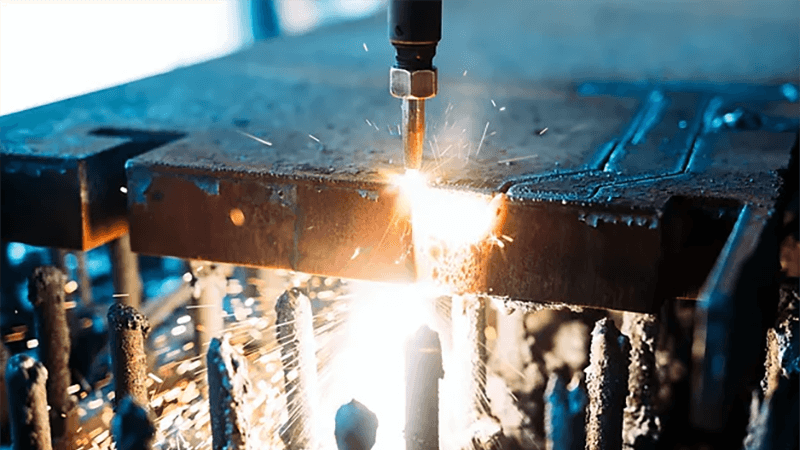
Versatility in Materials and Applications
Laser cutting is incredibly versatile, capable of cutting a wide range of materials, including metals, plastics, ceramics, and even wood. This versatility makes it a valuable tool across various industries, from automotive to electronics.
In the automotive industry, laser cutting is used to create intricate parts and components with high precision. In aerospace, it's essential for producing lightweight and durable components that meet stringent safety standards. The electronics industry relies on laser cutting for precise and clean cuts in delicate components, ensuring optimal performance and reliability.

Please be noted that not all materials can be cut using the same laser cutting machine. The type of laser cutting machine used depends on the material to be cut. Common categories include:
1>. CO2 Lasers:
Materials: Wood, paper, acrylic, glass, textiles, plastics, leather, and some metals (e.g., thin stainless steel and aluminum).
Characteristics: Ideal for non-metallic materials and some thin metals. Provides smooth edges and high precision for non-metals.
2>. Fiber Lasers:
Materials: Metals including stainless steel, carbon steel, aluminum, brass, copper, and titanium.
Characteristics: High energy efficiency and speed. Excellent for cutting metals with high precision and faster speeds compared to CO2 lasers for the same materials.
3>. UV Lasers:
Materials: Metals and some ceramics.
Characteristics: Suitable for cutting, welding, and engraving metals. Often used for tasks requiring high peak power and short pulses.

Technological Advancements in Laser Cutting
The world of laser cutting is continuously evolving, with new advancements and innovations emerging regularly. Recent developments include the integration of automation and artificial intelligence (AI), which further enhance the efficiency and capabilities of laser cutting systems. These advancements allow for real-time monitoring and adjustments, ensuring optimal performance and reducing the risk of errors.
Innovations like fiber lasers and ultrafast lasers have also pushed the boundaries of what laser cutting can achieve. Fiber lasers, for example, offer higher power and efficiency, making them suitable for cutting thicker and tougher materials. Ultrafast lasers, on the other hand, can cut materials with minimal heat-affected zones, preserving the integrity of the material.
Cost-effectiveness and ROI of Laser Cutting
While the initial investment in laser cutting technology can be significant, the long-term benefits far outweigh the costs. The precision and speed of laser cutting reduce waste and rework, leading to significant cost savings over time. Additionally, the reduced need for maintenance and tool replacement further enhances the cost-effectiveness of laser cutting.
Case studies have shown that companies adopting laser cutting technology experience a rapid return on investment (ROI), often within the first year of implementation. These success stories highlight the transformative impact of laser cutting on manufacturing operations, from increased productivity to improved product quality.
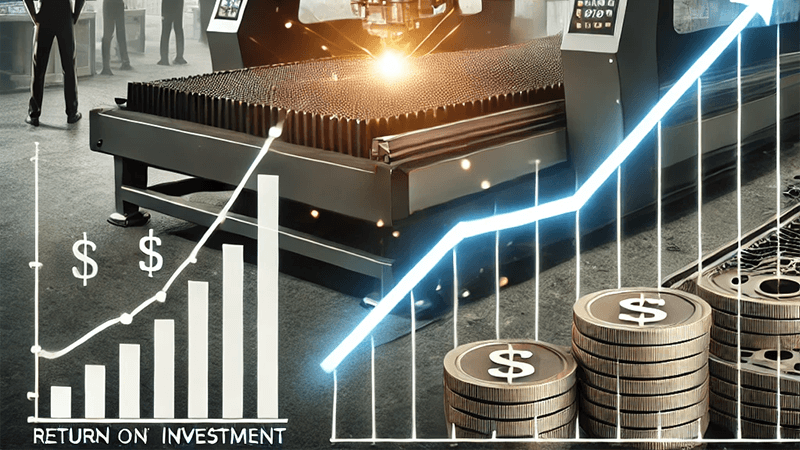
Success Story: Laser Machine Cutting in Door and Window Production
One of our clients in the door and window production industry recently made a significant upgrade to his equipment. He was using a plasma cutting machine, but its slow efficiency couldn't keep up with his production demands. After careful consideration, he decided to switch to our 1.5kw laser cutting machine, which cost $16,450.
Here’s the transformation in his own words:
Results:
- Productivity: We saw a 35% increase in output within just 6 months.
- Quality: There was a 20% reduction in defects, meaning fewer mistakes and higher customer satisfaction.
- Cost Savings: Operational costs went down by 15%, saving us a significant amount of money.
- ROI: We achieved a full return on investment within 10 months.
Environmental Impact of Laser Cutting
In today's environmentally conscious world, the impact of manufacturing processes on the environment is a critical consideration. Laser cutting is a more energy-efficient process compared to traditional methods, resulting in lower energy consumption and reduced carbon footprint.
The precision of laser cutting also minimizes material waste, as cuts are made with minimal excess. This efficiency not only conserves resources but also reduces the amount of scrap material that ends up in landfills. By adopting laser cutting technology, manufacturers can contribute to a more sustainable future.
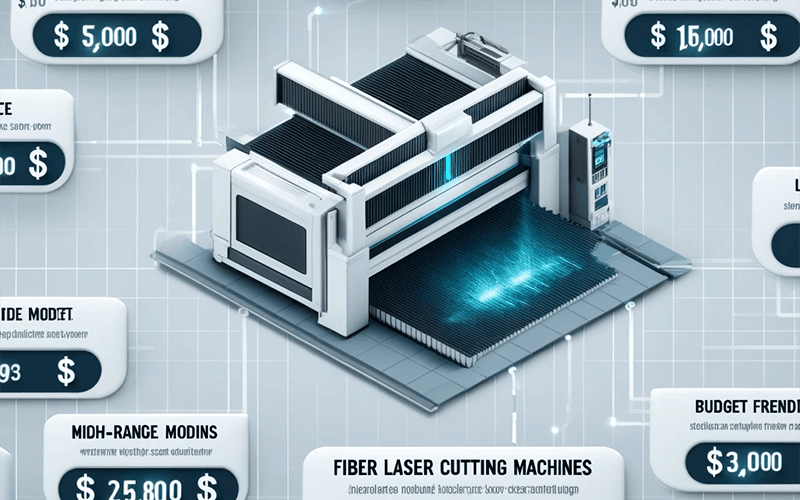
Future of Laser Machine Cutting
The future of laser machine cutting looks promising, with continued advancements and new applications on the horizon. As technology evolves, we can expect even greater precision, speed, and efficiency from laser cutting systems.
Challenges such as high initial costs and the need for skilled operators will need to be addressed. However, with ongoing research and development, these hurdles can be overcome, paving the way for wider adoption of laser cutting technology.
Conclusion
In conclusion, laser machine cutting is indeed revolutionizing the manufacturing industry. Its precision, speed, versatility, and cost-effectiveness make it a game-changer for manufacturers across various sectors. As technology continues to advance, the impact of laser cutting will only grow, driving innovation and efficiency in manufacturing processes.
Embracing laser cutting technology not only enhances productivity but also supports sustainable practices, making it a win-win for both manufacturers and the environment. As we look to the future, laser cutting will undoubtedly play a crucial role in shaping the manufacturing landscape.
You might be wondering, how can you choose the laser cutting machine you like? Here, I have an article that teaches you how to select a laser cutting machine. If you have any questions, please feel free to contact us. We have been in this industry for many years and can help you choose the right machine.
References
1>. "Waterjet Cutting vs Plasma Cutting", from TECHNI Waterjet.
2>. "What are SSC’s predictions for the future of laser cutting technology?", from SSC Lasers.
3>. "Plasma Cutting vs. Laser Cutting: Which to Use", from Makerverse.

